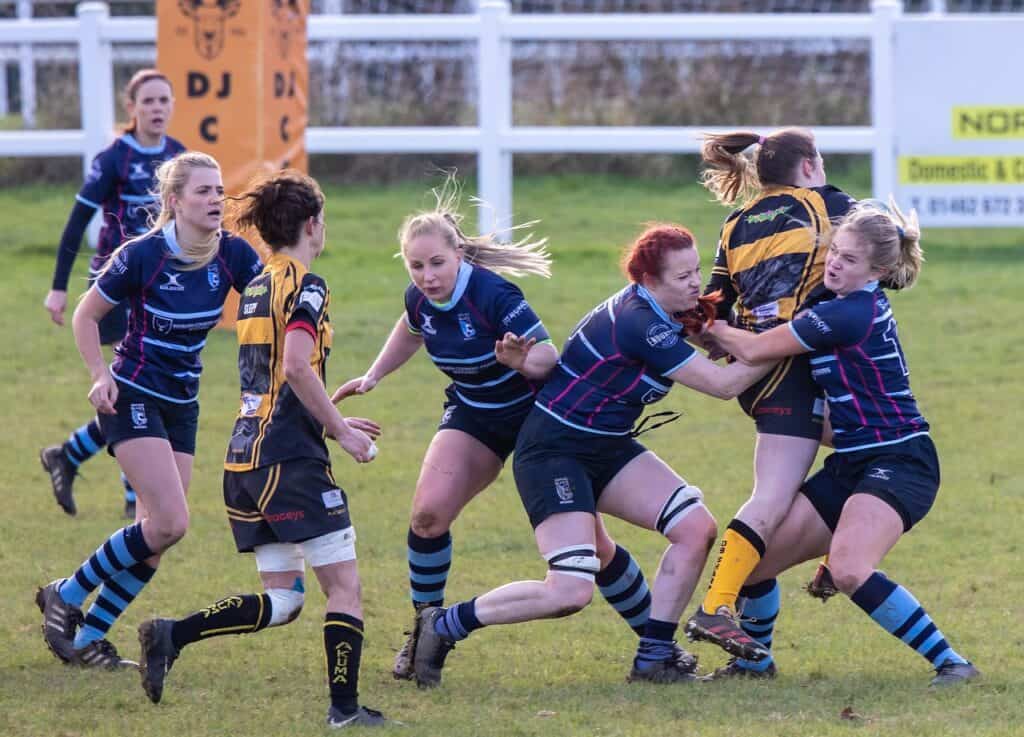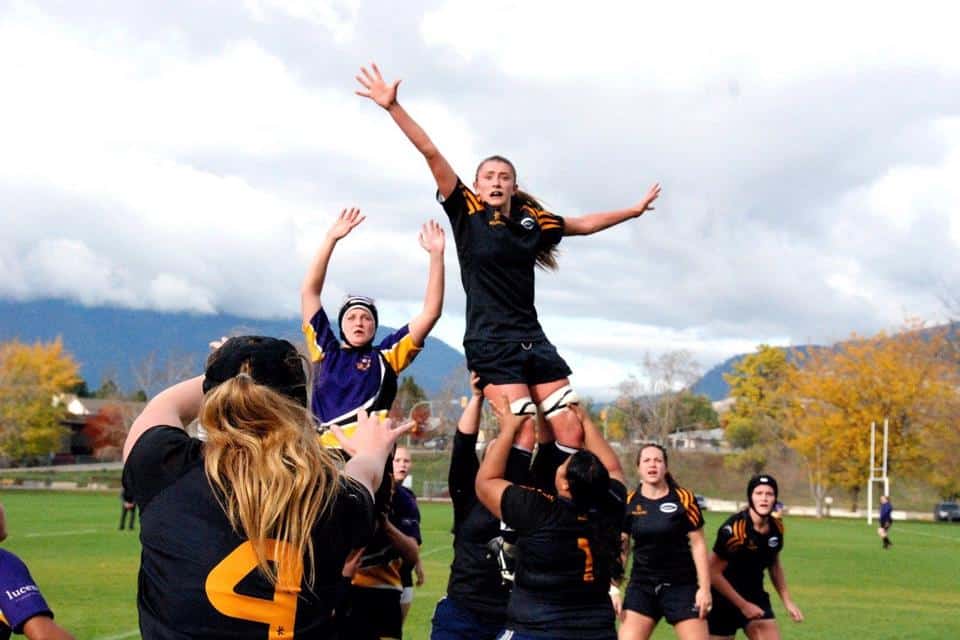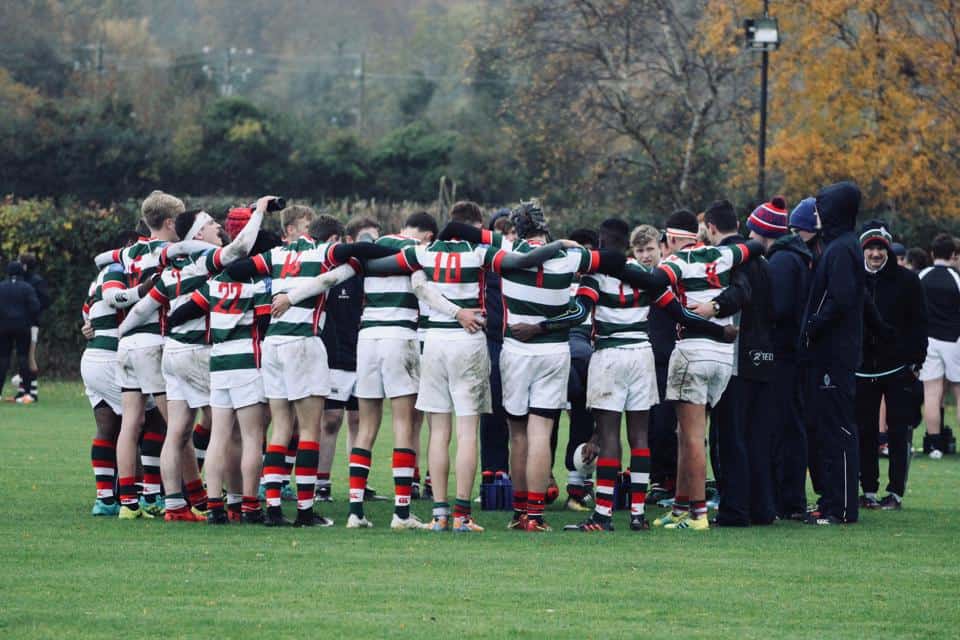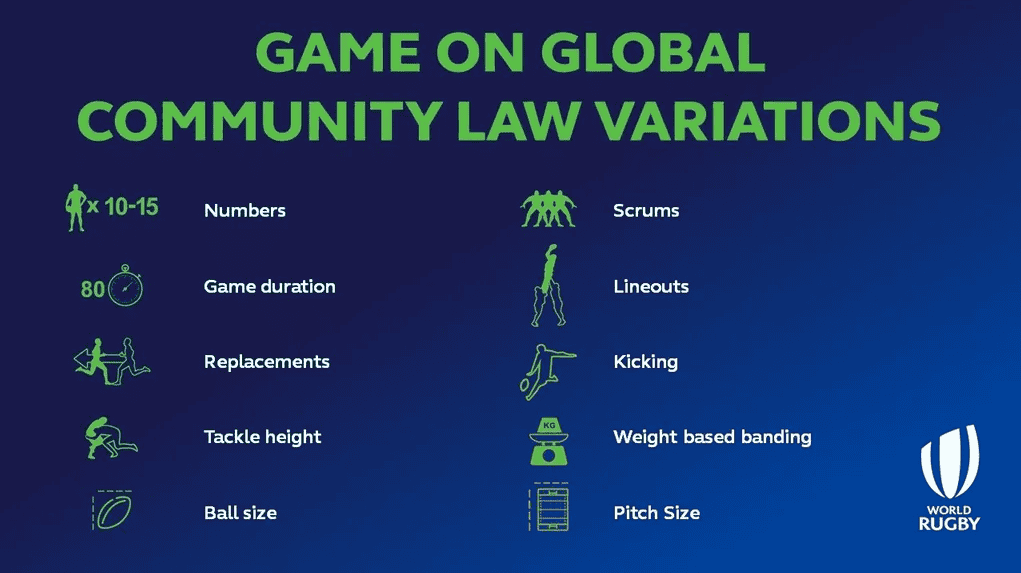
The Role of Media and Social Media in Promoting Women’s Rugby
In recent years, women’s rugby has experienced a remarkable surge in popularity and visibility. Much of this growth can be attributed to the influential role that media and social media platforms have played in championing the sport. From professional leagues to grassroots organizations, these platforms have been instrumental in raising awareness, showcasing talent, and inspiring a new generation of female rugby players. In this article, we’ll explore the ways in which media and social media have promoted women’s rugby, using real-life examples to illustrate their impact.
Raising Visibility
Media and social media have significantly increased the visibility of women’s rugby, helping it break free from the shadow of its male counterpart. A great example of this is the Women’s Six Nations Championship, a premier rugby tournament. In the past, the Women’s Six Nations received limited media coverage. However, in recent years, broadcasters and online platforms have recognized the potential of this competition. With extensive coverage, highlights, and real-time updates on social media, the tournament has reached a broader audience, drawing in both new and seasoned rugby fans.
Breaking Stereotypes
Historically, rugby has been associated with physicality and toughness, discouraging many women from participating in the sport. Media and social media have played a pivotal role in shattering these stereotypes. For instance, the rise of players like Magali Harvey, who gained worldwide recognition for her incredible kicking skills and running ability, has helped break these stereotypes. Her success story was widely shared on social media, challenging the notion that women couldn’t excel in rugby. Young girls watching her performances were inspired to take up the sport.
Professional Leagues and Sponsorships
The creation of professional women’s rugby leagues has been a game-changer for the sport. The English Premiership Women’s Rugby league is a prime example. Media coverage and social media promotion of the league have attracted significant sponsors, such as Allianz, which supports the league. This sponsorship has allowed female players to access better training facilities, high-quality coaching, and financial stability, ultimately raising the overall standard of the game.
Connecting the Global Rugby Community
Social media has connected the global rugby community in ways previously unimaginable. Platforms like X, Instagram, and Facebook enable fans, players, and organizations to interact and share their love for the sport worldwide. A shining example of this is the Rugby World Cup. When it was held in New Zealand in 2022, the tournament saw extensive engagement on social media platforms. Fans from different countries shared their experiences, supported their teams, and celebrated the sport. This global reach not only enhanced the popularity of women’s rugby but also fostered a sense of unity and inclusivity.
Highlighting Inspirational Stories
Media and social media platforms have been instrumental in sharing inspirational stories of female rugby players. Take the case of Kendra Cocksedge, a New Zealand rugby star. Her story of perseverance and dedication was widely covered in the media and shared on social platforms. Cocksedge’s journey, from a young girl playing rugby in rural New Zealand to becoming a world-class player, serves as a powerful source of motivation for aspiring players. These stories highlight the grit, determination, and passion that drive women in rugby, inspiring countless others.
Encouraging Grassroots Participation
Promotion of women’s rugby through media and social media extends to grassroots levels. Consider the growth of youth and amateur leagues, like the Girls’ Rugby Club initiative as well as here at Fill Your Boots. This program has harnessed the power of social media to connect with young girls interested in rugby. Through engaging content, tutorials, and success stories, they have encouraged grassroots participation. Young girls now see that they can follow their passion for rugby, starting from school and college teams all the way to club and regional squads.
Media and social media have played a pivotal role in promoting women’s rugby by increasing visibility, breaking stereotypes, securing sponsorships, connecting the global rugby community, highlighting inspirational stories, and encouraging grassroots participation. The real-life examples discussed in this article demonstrate the tangible impact of these platforms on the growth and recognition of women’s rugby. With the continued support of media and social media, the future for female athletes in this dynamic sport looks brighter than ever, inspiring the next generation to chase their dreams on and off the rugby pitch.



